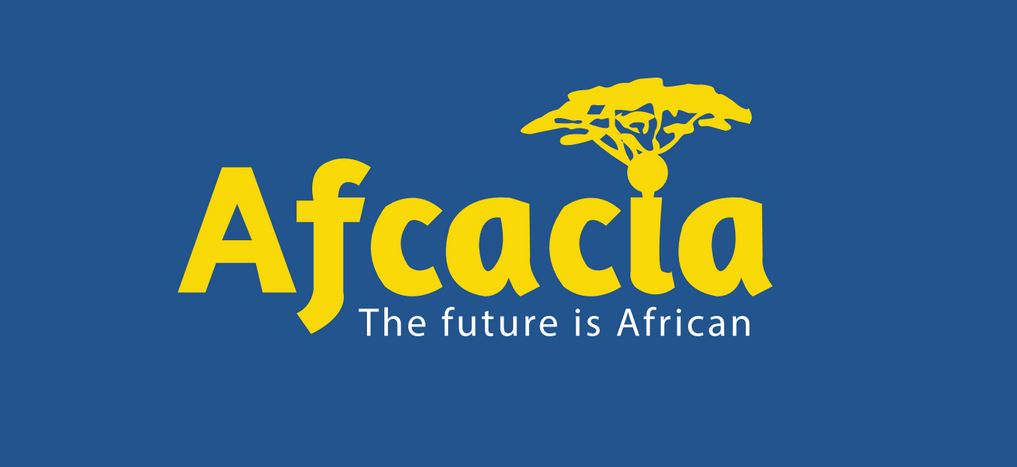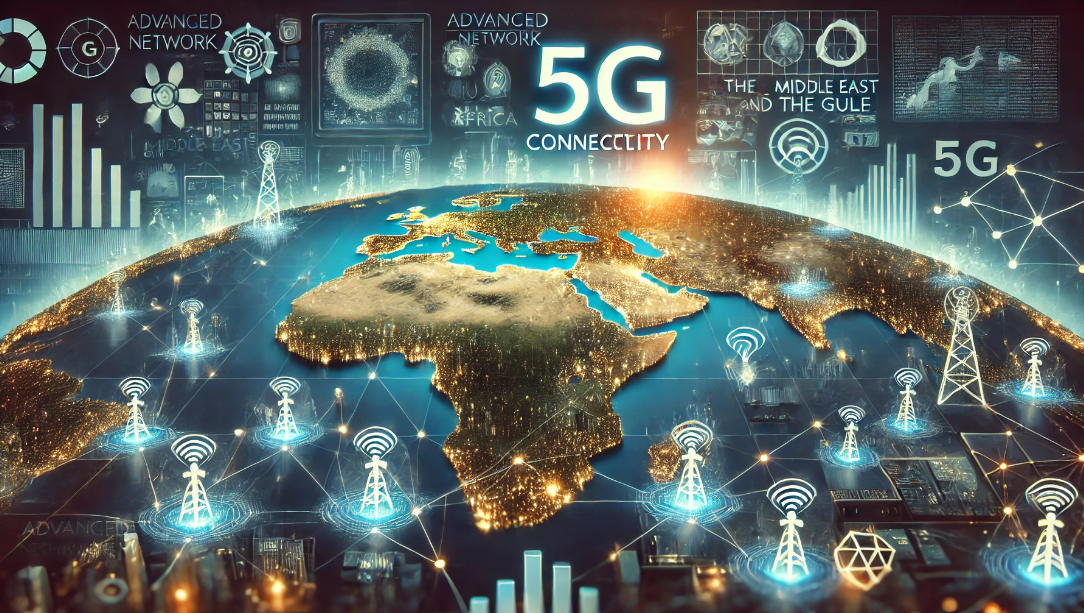Only 1.2 percent of Africans currently have access to 5G networks compared with a global average of more than 20 percent, a sign that the continent remains at an early stage in reaching next-generation mobile technology, according to a new report from the International Telecommunication Union and UNESCO.
The State of Broadband in Africa 2025 report finds that while Africa has made strong gains in mobile connectivity, the newest wireless technology is still largely out of reach for the continent’s 1.24 billion people. Projections suggest this could shift over the next decade, with 5G expected to reach 17 percent penetration by 2030.
That slow trajectory contrasts sharply with Africa’s mobile success story in earlier generations of wireless technology. Today, 3G networks reach 77 percent of the continent’s population, while 4G coverage extends to 44.3 percent.
“The mobile sector has proved especially successful, with strong growth in mobile broadband and the development of large mobile operators,” the report states, citing companies such as MTN and Vodacom as central to the continent’s digital expansion.
Yet the gap between coverage and use remains stark. “There is still a significant usage gap, with 710 million Africans not using the internet despite living in an area served by mobile broadband infrastructure,” the report adds. The reasons are familiar: high handset costs and limited digital skills.
Chinese firms such as Huawei have built a commanding presence by offering competitively priced products, strengthening their role in Africa’s telecom ecosystem. Meanwhile, regional disparities tell a complicated story. Internet usage in Africa rose from 25 percent to 38 percent between 2019 and 2024, but remains well below the 68 percent global average. Sub-Saharan Africa trails most sharply, with just 38 percent of people online. Eastern and Southern Africa hover at 35 percent, while Western and Central Africa stand slightly higher at 39 percent.
The rural-urban divide is even more pronounced. Just 23 percent of Africans in rural areas use the internet, compared with 57 percent in urban areas — far below the global urban average of 83 percent.
Some countries have nonetheless defied expectations. Somalia, despite lacking a strong central authority, has seen robust private-sector investment, with large telecom firms building networks that extend beyond cities into remote regions. One British researcher recently quipped that “Manchester compares unfavorably with Mogadishu” when it comes to mobile coverage.
Rwanda offers another success story. Following market liberalization in 2006, the government forged a public-private partnership with Korea Telecom to develop a wholesale open-access 4G LTE network. The model has been hailed as a potential template for others: by 2017 Rwanda ranked ninth among 38 African nations for mobile broadband affordability.
Operators across the continent have already invested heavily in infrastructure, spending $28 billion over the past five years in sub-Saharan Africa alone. Industry groups project an additional $62 billion will flow into networks between 2023 and 2030, much of it earmarked for 5G.
That investment has brought measurable economic benefits. The mobile ecosystem accounted for 7.3 percent of Africa’s GDP in 2023, generating $140 billion in economic value and supporting 3.7 million jobs.
New players are also reshaping the connectivity mix. Satellite broadband is expanding rapidly, led by SpaceX’s Starlink, which now operates in 14 African countries including Benin, Ghana, Kenya and Nigeria. This year, the Democratic Republic of Congo and Somalia joined the list. Notably absent is South Africa, where Starlink has yet to confirm a launch date.
Africa’s technology landscape remains a patchwork — dynamic, fast-moving, but uneven. The report’s message is clear: mobile connectivity has lifted the continent into the digital age before, but realizing the promise of 5G will depend not only on investment and infrastructure, but also on whether Africans can afford to log on.




